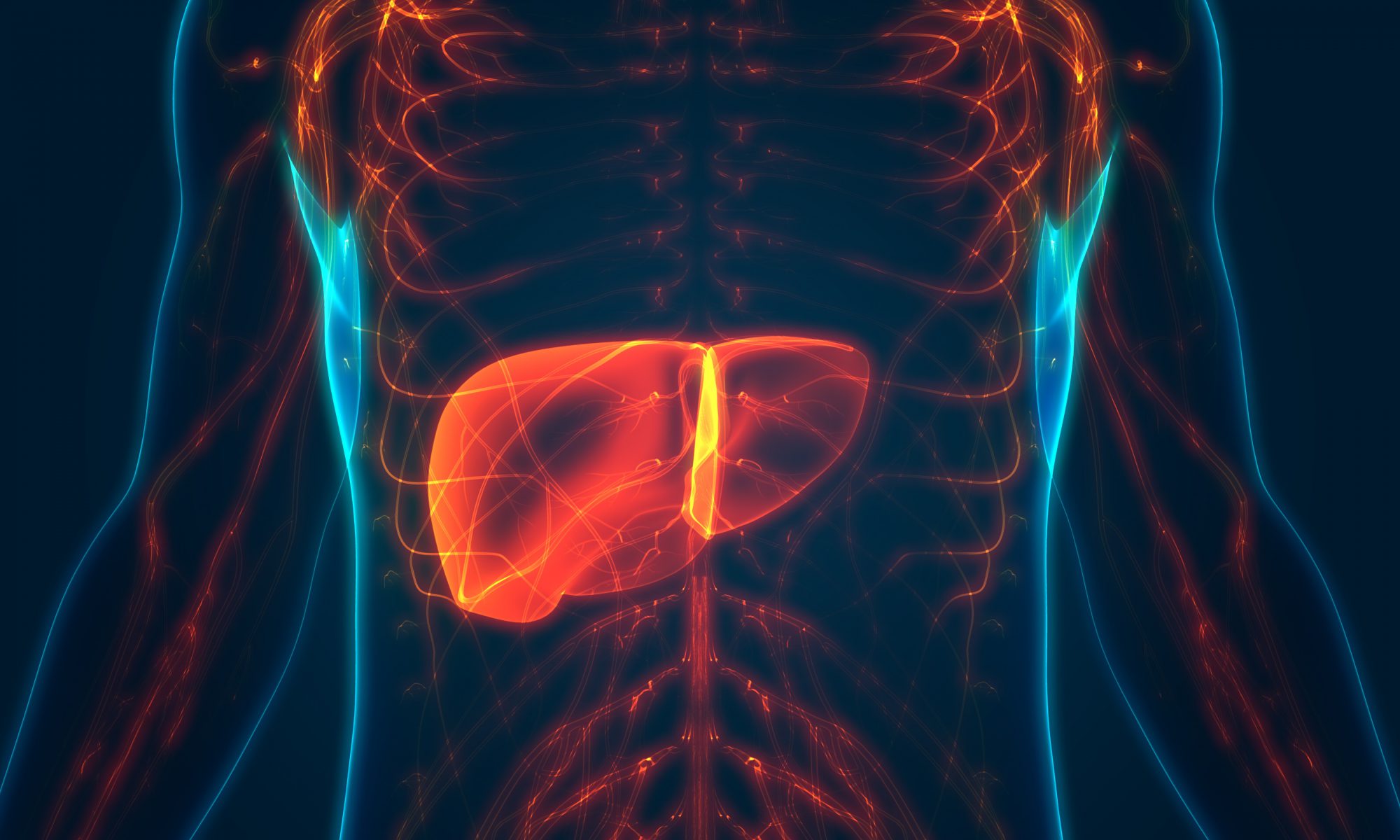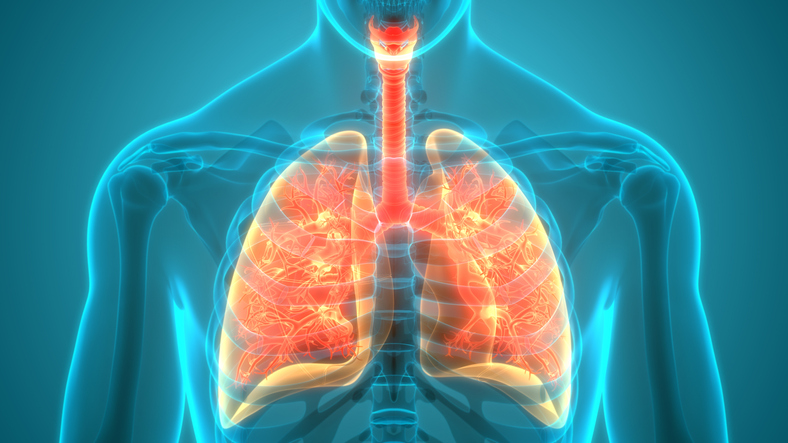CCR5 mutation creates a challenge for HIV to infect more cells, thereby creating resistance to the virus.
Stem cell transplantation shows promise as a potential cure for HIV, according to research from Oregon Health & Science University (OHSU) published in the journal Immunity. According to the investigators, these findings may accelerate efforts in developing a widespread cure for HIV, which has infected approximately 38 million individuals worldwide. Read more in the Pharmacy Times.







